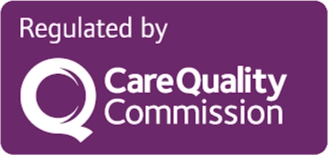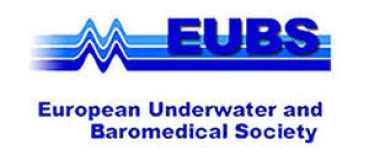Frequently Asked Questions
Hyperbaric Oxygen therapy is a specialised and painless oxygen treatment that entails 100% oxygen in a hyperbaric chamber under elevated atmospheric pressure.
This produces similar effects to those of medication, eliciting varied responses at different levels of dosage.
The main mechanisms of action include:
Hyperoxygenation “Means increased oxygen”: Depending on the level of pressure applied, breathing hyperbaric oxygen-rich air can increase the amount of oxygen in the bloodstream and other fluids, such as lymph and cerebrospinal fluid, by up to 1200% compared to breathing normal air at sea level.
Anti-inflammatory “means substance that reduces inflammations such as redness, swelling, and pain in the body”: HBOT influences the expression of immune-modulatory cytokines by reducing proinflammatory cytokines like IL-1, IL-6 and TNF-α, while increasing the anti-inflammatory cytokine IL-10
Stem-cell mobilisation “Stem cells are cells with the potential to develop into many different types of cells in the body. They promote the repair response of diseased, dysfunctional, or injured tissue”: HBOT boosts circulating stem cell numbers by promoting their mobilisation and influences their properties by encouraging proliferation and differentiation.
Angiogenesis “means creating new vessels” Angiogenesis or neovascularisation is the formation of new blood vessels from existing vessels. HBOT enhances angiogenesis mainly by increasing the expression of HIF-α and series of angiogenic markers.
Antimicrobial mechanisms: HBOT promotes improved white blood cell performance, assists in boosting antibiotic penetration through bacterial membranes, and restricts the release of certain toxins during specific infections.
Regeneration mechanism: HBOT enhances the recovery of bone, collagen, ligaments, and tendons.
NUMA offers a medical consultant-led service with a face-to-face assessment for all new patients to determine if therapy is suitable for each patient.
The process allows our physician to fully understand your individual medical circumstances and determine the appropriate Hyperbaric Oxygen Therapy programme for you, based on your medical history and latest clinical research.
Our physician can provide in-depth answers to any of your HBOT questions and help you determine if this treatment is right for you.
Some common reasons for people to visit NUMA for hyperbaric oxygen therapy include:
- Healthy Individuals seeking the physiological and therapeutic effects of hyperbaric oxygen.
- Sports Performance and Injury Recovery Enhancement
- Post-surgical recovery and wound healing
- Concussion and Traumatic Brain Injury
- Sensorineural Hearing Loss
- Inflammatory Bowel Diseases (such as Crohn’s disease and Ulcerative Colitis)
- Fibromyalgia / ME / Chronic Fatigue
- Stroke rehabilitation
- Lyme Disease
- Interstitial Cystitis
- Individuals with chronic inflammatory conditions
- Delayed Radiation Injury (Soft Tissue and Bony Necrosis)
There are several stages during a typical treatment.
- The first stage is compression in which the chamber is pressurized to the prescribed pressure, most commonly 2.0 atmospheres absolute (the equivalent of 33 feet below the surface of the ocean)
- The chamber is maintained at this pressure (depth) and patients breathe near 100% oxygen via BIBS masks
- Patients received scheduled breaks for air during the oxygen breathing session, allowing them to remove the oxygen mask and breathe in medical grade air from the chamber.
- When it’s time the chamber is depressurised and the treatment ends.
At the beginning of the treatment session, you may experience a sensation of fullness in your ears, similar to what you feel during take-off or landing on an airplane.
This feeling should only last for about 5-10 minutes, and an experienced operator will assist you in relieving any ear pressure.
Once the target treatment pressure has been achieved, you can relax and breathe naturally using a specialised BIBs mask.
Toward the end of the session, the technician will slowly decrease the pressure in the chamber over about 10 minutes. During the decompression phase, it’s common for patients to feel a slight popping sensation in their ears due to changes in pressure.
Many patients find hyperbaric oxygen therapy sessions to be calming. A lot of patients describe hyperbaric oxygen therapy sessions as relaxing.
Most patients consider hyperbaric oxygen therapy sessions to be calming. Many use this time to unwind, nap, or read.
You might feel some slight ear discomfort resembling the sensation of flying, diving, or driving up a mountain. If you do have any discomfort or earaches during treatment, please notify the attending chamber operator right away.
They can assist in relieving the pain by guiding you through equalising pressures within the ear and adjusting the pressure of the chamber as needed to address the issue.
NUMA offers a medical consultant-led service with a face-to-face assessment for all new patients to determine if therapy is suitable for each patient.
The process allows our physician to fully understand your individual medical circumstances and determine the appropriate Hyperbaric Oxygen Therapy programme for you, based on your medical history and latest clinical research.
The initial consultation is essential to provide you with a safe and effective tailored treatment programme.
A typical treatment lasts between 60 – 90 minutes, depending on your condition.
The number and frequency of sessions required varies with the specific condition that is being treated. Some conditions, might be treated in five visits.
For many conditions, one treatment a day (Monday through Friday) is given for a total of 20 to 30 treatments, usually for a total of four to six weeks.
We use Medical Grade, Monoplace hyperbaric chambers, which are specifically designed to accommodate a single patient at a time. The chambers are compressed with medical grade clean, filtered air, and oxygen is administered through special BIBS mask.
Our chambers have a clear acrylic window that allows our trained technicians to closely monitor the patient and permits the patient to see outside of the chamber. Patients are continuously monitored during the session and can communicate with the chamber operator using an intercom system.
HBOT has a history of over 350 years, and certain modern therapeutic uses have been in practice for more than 60 years.
When administered correctly, it is generally considered safe and well tolerated. However, like any form of therapy, there are rare but potential risks involved and it may not be suitable for every individual or health condition.
Therefore, it is important for hyperbaric oxygen therapy to be administered by qualified healthcare providers under the supervision of an experienced medical doctor with specialized knowledge in this area, who has a thorough understanding of its uses, limitations, and potential side effects.
During your initial consultation, you will have the chance to talk about the particular risks relevant to you and your condition.
Hyperbaric oxygen therapy is generally considered extremely safe. it is usually well tolerated with few side-effects. While rare, risks of the procedure include:
- Middle ear injuries/ Barotrauma of the ear
- Sinus congestion and pressure
- Temporary near-sightedness
- Claustrophobia
- Oxygen toxicity
- Seizures
At NUMA, Hyperbaric oxygen therapy is prescribed by a physician and performed under the hyperbaric oxygen chamber operator’s supervision. All appropriate measures are taken to prevent any possible adverse effects.
The risks will be discussed with you before you sign your consent form for therapy.
We advise loose-fitting cotton clothing, and avoid cosmetics, perfumes, hair sprays, deodorants and jewellery.
The chamber operators need to know if any medications, including non-prescription drugs, are being taken by the patient, and patients are advised not to take alcohol or carbonated drinks for four hours prior to treatment.
Both nicotine and caffeine cause blood vessels to constrict and may reduce the effectiveness of hyperbaric oxygen therapy. We strongly advise avoidance of all tobacco during the period of your sessions and thereafter if possible.
Please have a light, nutritious meal one to two hours before your scheduled treatment. If you have diabetes, your blood glucose will be checked before and after each treatment, because hyperbaric oxygen treatments can occasionally lower blood glucose levels.
Patients are accepted either by self-referral or by physician referral. All patients are evaluated by our physician and individualized treatment protocols prescribed, based on their specific needs.
To schedule an evaluation, please call us at +44 (0)20 3823 1212 or email info@numaoxygen.com protocols prescribed, based on their specific needs.
This will depend on your insurance company. Please discuss with your insurer. All patients are expected to pay prior to their treatments. We will provide you with a receipt for your reimbursement if agreed by your insurer.
Our facility is accessible for individuals using wheelchairs, although entering monoplace chambers may pose challenges for those who are fully wheelchair-bound and have limited mobility.
Please see what to expect video for a visual demonstration of the accessibility features and potential challenges.
The nearest stations to our clinic are as follows:
Baker Street (Bakerloo / Circle / Hammersmith & City / Jubilee / Metropolitan ) – approximately 2 minutes walk
Marylebone (Bakerloo / Chiltern Railways) – approximately 6 minutes walk
Please refer to our pricing page for full details on cost.



